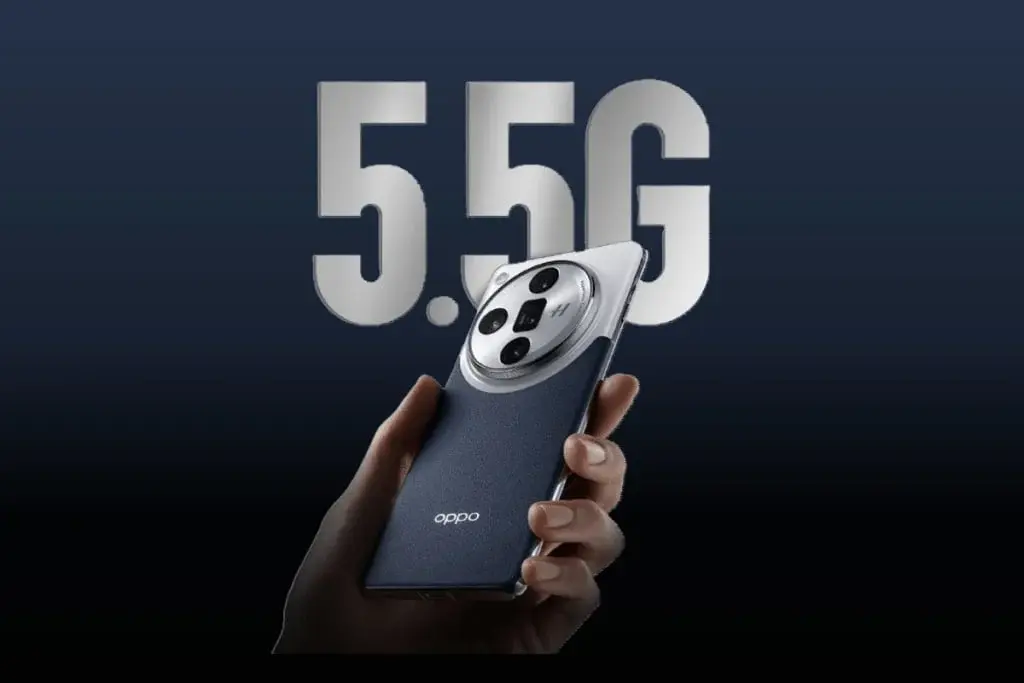While telecom companies around the world work towards rolling out 5G connectivity, China Mobile, a state-owned enterprise has taken an impressive step by unveiling its 5.5G network.
Understanding 5.5G: Step Ahead Of 5G
5.5G-Advanced or 5GA represents an upgrade of existing 5G networks. Similar to how 4G LTE evolved from its 4G predecessor, with improved speed and latency characteristics; denoted as “4.5G or 4GA.”
What Is the Promise of 5.5G Technology?
This upgraded 5G network will bring significant enhancements over its predecessors. Users should expect download speeds up to 10Gbps and upload speeds reaching 1Gbps – representing significant advances in terms of performance metrics.
Bridging The Gap To 6G: The Role Of 5.5G
5G technology has proven itself useful for consumer smartphone data transfer; however, industrial applications often necessitating lower latency times, increased security protections and reliable performance while simultaneously requiring lower power consumption have proven challenging for 5G networks to fulfill. 5.5G may serve to address these hurdles while providing the basis for eventual development of 6G technologies.
China Mobile has led the charge when it comes to rolling out 5.5G networks and device compatibility by unveiling ambitious plans this year for expanding coverage in over 300 cities by December 31.
At this writing, no major telecom operators has revealed their timelines for rolling out 5.5G networks outside China, though AT&T’s Chris Samber expressed enthusiasm about widespread implementation before 2025 as has been noted by others.
Questions have arisen surrounding compatibility of existing 5G devices with the forthcoming 5.5G network. Industry players such as OPPO’s Product Chief Officer Pete Lau have hinted at an easier transition process for some existing smartphones; such transition may occur more gradually for others.


Leave a Reply